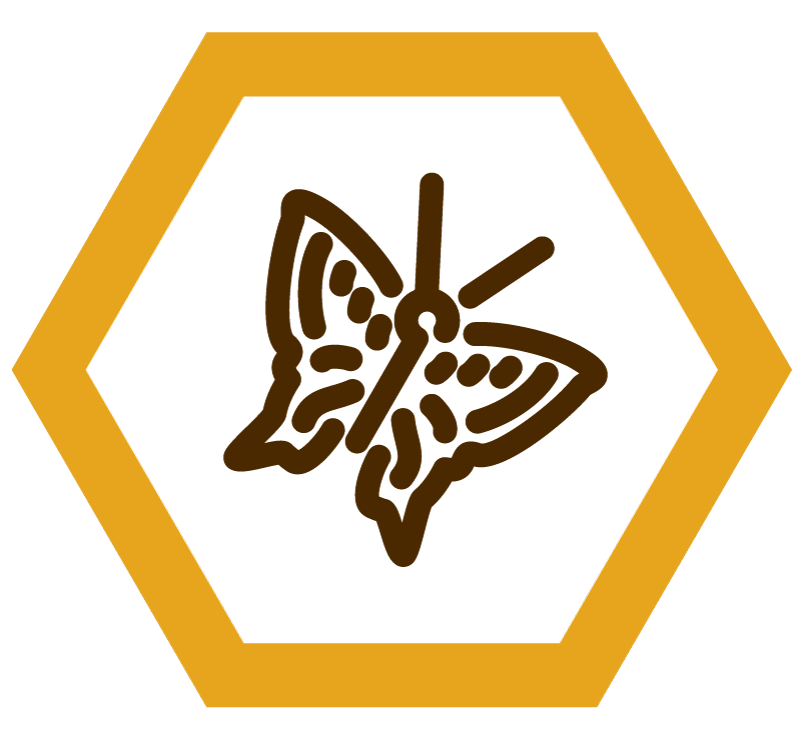Referred to as “flying flowers”, butterflies excel at adding a natural wonder to our local environment, as well as pollinating a variety of flowers that may be inaccessible to other pollinators. They also help control backyard garden pests such as aphids, making them a beneficial addition to any garden.
If you are a fan of large plants like sunflowers, delicate flowers like yarrow, or like to maintain a herb garden at home, you are already inviting butterflies to your backyard! Now it’s time to provide the support that keeps them coming back!
How to attract butterflies to your backyard
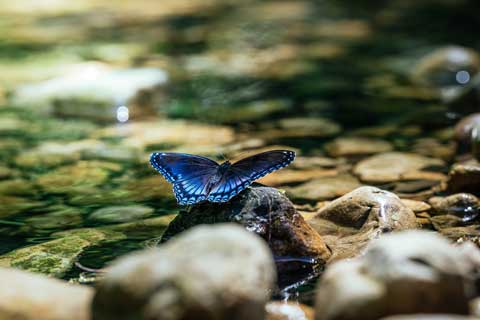
Butterflies need sunlight to regulate their body temperature and warm up their wings to fly, so it’s important to have sunny areas in your backyard where they can bask and warm up.
You can provide a place for them to bask by placing a flat rock or other sun-warmed surface in your garden.
Find these butterflies in your backyard
The Monarch Butterfly is perhaps one of Ontario’s most revered species of butterfly but was declared endangered in Canada in 2016. One of the most significant ways to help Monarchs is to plant Milkweed, the habitat and main source of nutrition of Monarch caterpillars.
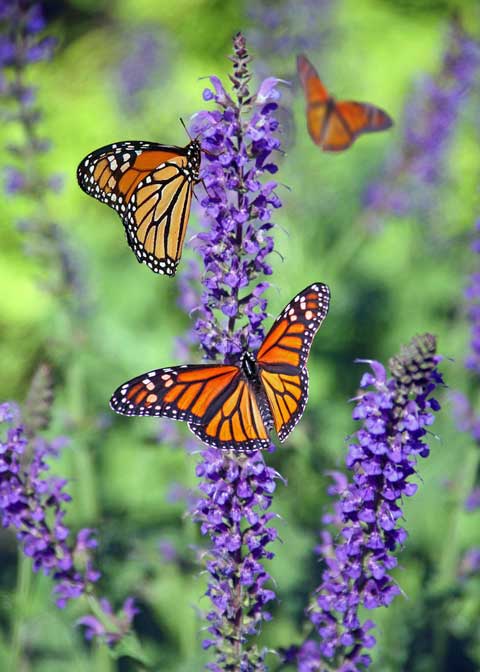
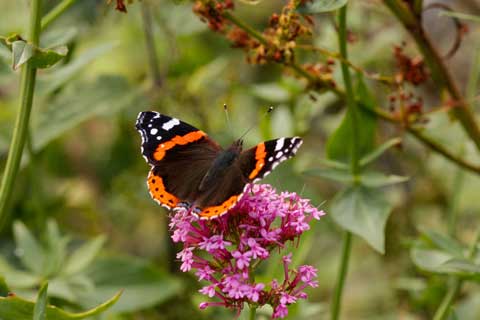
Red Admirals are common to Southern Ontario and can sometimes have particular tastes, enjoying sap flows from trees, as well as the nectar from Red Clover, Asters, and Alfalfa.
These butterflies like moist, wooded areas, and so if you live near a forest or wetland, you may be more likely to see a Red Admiral!

Plants that will attract and feed butterflies in your backyard
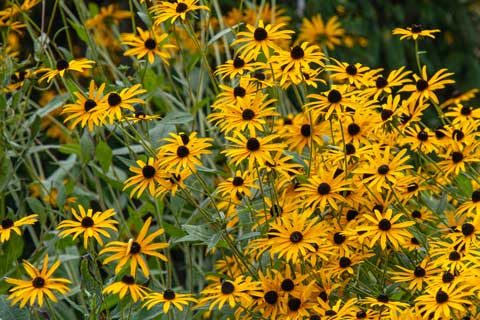
Black Eyed Susan’s are common in Ontario due to their bright colour and ease of care. Consider planting Black Eyed Susan’s as an easy activity for the family or on your own to reconnect with nature, and to have the chance to observe local pollinators doing what they do best – pollinating!
Milkweed is important to Monarch Butterflies because it is the only plant that their caterpillars can feed on. The leaves of the milkweed contain toxins that protect the caterpillars from predators, and the nectar from the flowers is an important food source for adult Monarchs during their migration.
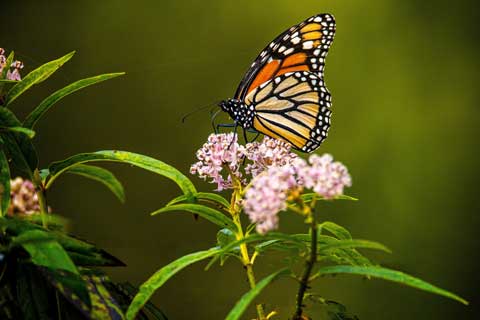
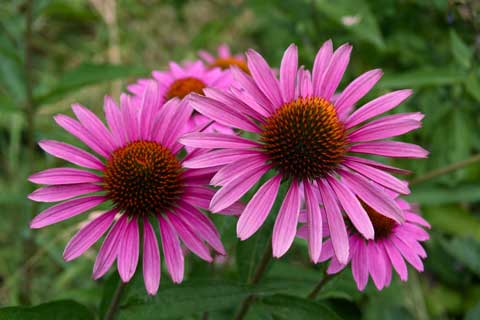
The Purple Coneflower, a popular garden plant, produces daisy-like flowers with a prominent cone-shaped center. These flowers are highly attractive to many butterfly species, including the Black Swallowtail.
The fruit from Wild Strawberry plants is generally sweeter than store bought or hybrid species of the plant, attracting pollinators with a heightened sense of smell – like butterflies!
Wild Strawberry plants are also hearty enough to survive our Canadian Winters, going dormant in extreme weather conditions like frost/and snow (or in the intense heat of a dry summer) and producing flowers that will become fruit, in Spring and Fall.
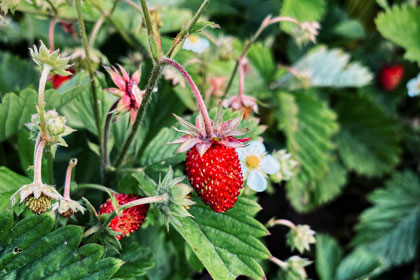

Woodland Sunflowers may not look like the big blooming varieties that fill acres of fields across Ontario, but they are just as attractive to our local pollinators!
This variety of sunflower has a narrow stem and grows in closer proximity to each other. They can be grown at home from seed or be found growing in the wild.
